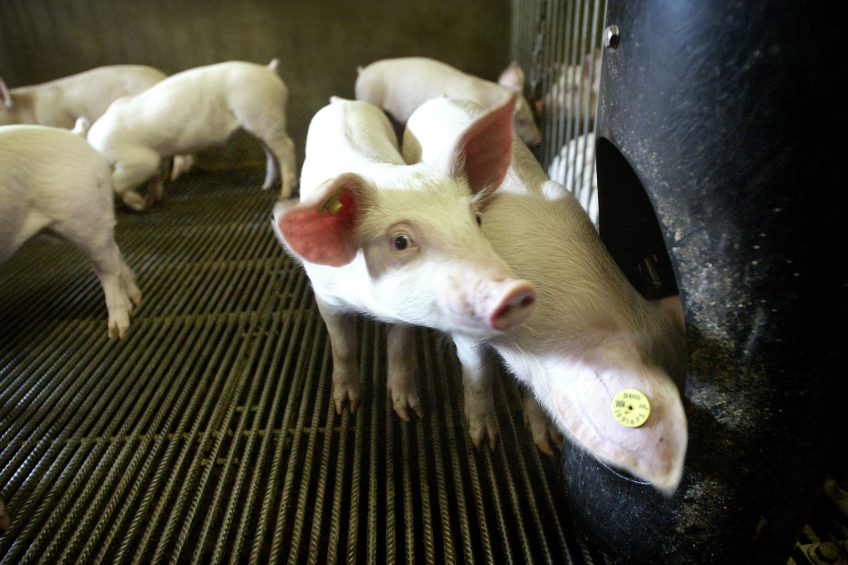Why do pigs prefer certain nutrients?

Newer technologies have made it increasingly clear why pigs choose for certain nutrients – this can currently being researched even at genomic level.
In a recent paper in Animal Feed Science and Technology, scientists attached to The University of Queensland, Australia, give a nice chronological overview of how the knowledge of nutrient sensing in pigs has developed over the last 130 years, and how porcine taste has potentially impacted voluntary feed intake.

A comprehensive summary of the study was published earlier this month in Pig Progress’ sister title All About Feed by its editor Emmy Koeleman.
Deciphering main molecular mechanisms
In their abstract, they conclude: “The advent of the genomic era has allowed to decipher the main molecular mechanisms involved in nutrient sensing (in and outside the oral cavity) and the existence of a cross-talk between tongue, gut and brain which will attract most of the future studies on voluntary feed intake in pigs.”
The researchers started their research, indicating that farm pigs are fed nutritionally balanced diets with no choice, a practice that implies that voluntary feed intake is based on nutritional needs rather than sensory profiles. The taste system brings together the sensory aspects with the nutrient content of foods. The scientists stated that ‘only a handful of nutrients are systematically controlled in commercial pig diets’.
Early studies: Features relevant to pig taste
Early studies established anatomical and behavioural features relevant to pig taste and preferences, the scientists noted, with animals showing a high preference for glucose and sucrose that was not easily matched when substituted with non-caloric sweeteners such as saccharin.
In their article, the researchers point to studies by-passing the oral cavity. These demonstrated that glucose sensing in the upper gastro-intestinal tract (GIT) elicits endocrine responses that may determine feed intake. A network of chemosensory cells (expressing taste and nutrient receptors) in the GIT seems to mediate these hormonal responses orchestrating the hunger-satiety cycle.
Dietary protein and amino acids
These mechanisms are also relevant to dietary protein and amino acids, the authors wrote. Dietary essential amino acids (i.e. lysine, methinonine, tryptophan and threonine) are important drivers of feed selection and intake in pigs, they said. In addition, glutamic acid, have been also reported to enhance feed intake in young pigs.
The long-term effect of sugars, amino acids and fatty acids on feed intake in pigs remains unclear, the researchers wrote. In particular, the effect of excess nutrients such as amino acids in the diet has received little or no attention, they said, mentioning on a positive note that promising research has been published to date relevant to other nutrients such as fats or to non-nutritional dietary compounds.
The paper in Animal Feed Science and Technology was written by E. Roura and M. Fu, both attached to the University of Queensland, Australia.











